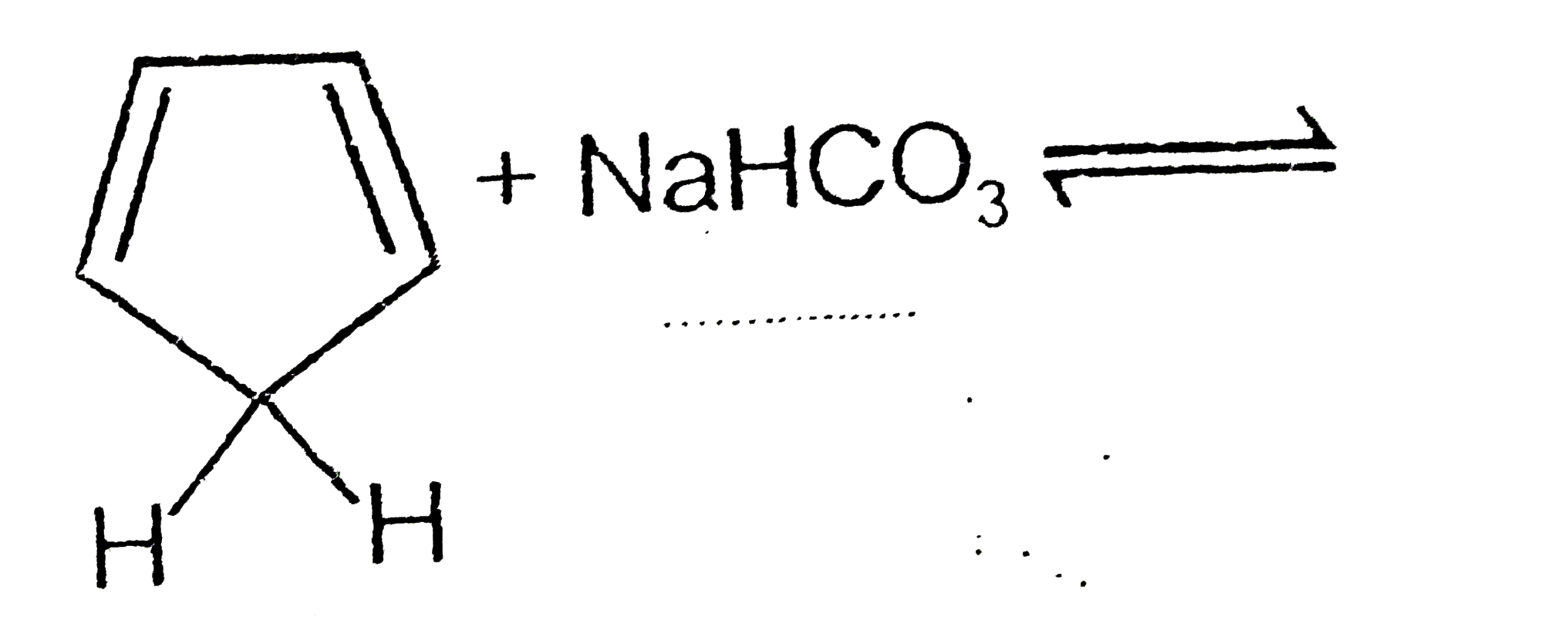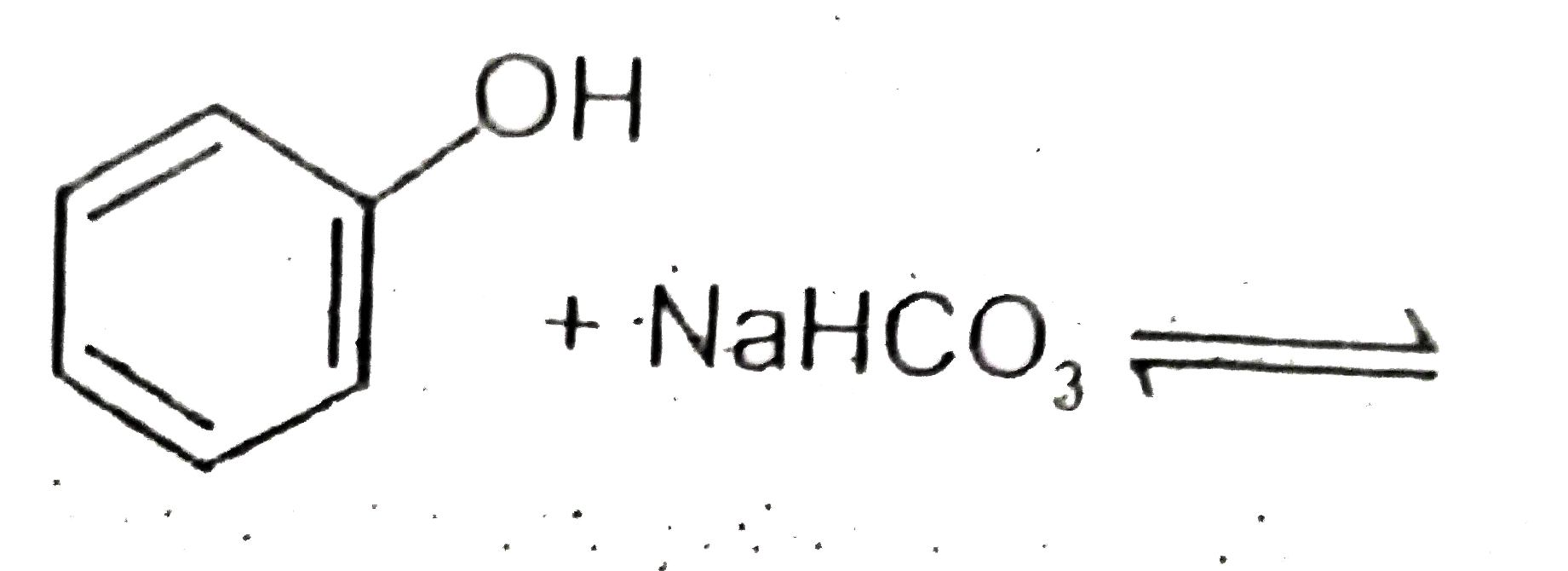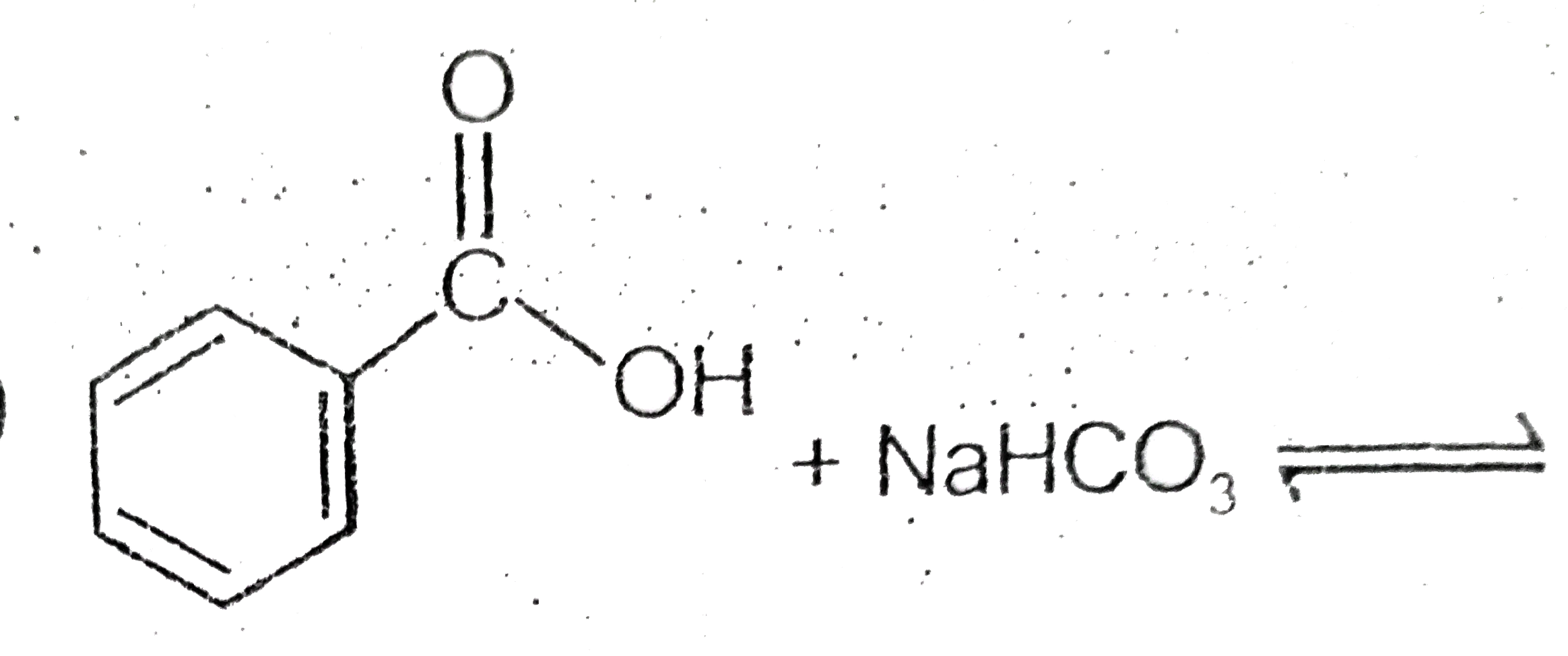In which of the folowing reactions, the system will shift towards the forward reaction by adding inert gas at constant pressure?
The correct Answer is:A, C
The equilibrium will shift in the forward direction by adding inert gas in the system where there is an increase in number of gaseous moles (i.e.,Δng>0) in that direction. Note that in option (a) and (c ) the value of Δng>0.
Topper's Solved these Questions
- BOOK - CENGAGE CHEMISTRYCHAPTER - CHEMICAL EQUILIBRIUMEXERCISE - Concept Applicationexercise 7.153videos
CHEMICAL EQUILIBRIUM
- BOOK - CENGAGE CHEMISTRYCHAPTER - CHEMICAL EQUILIBRIUMEXERCISE - Ex 7.240videos
CHEMICAL EQUILIBRIUM
- BOOK - CENGAGE CHEMISTRYCHAPTER - CHEMICAL BONDING AND MOLECULAR STRUCTUREEXERCISE - Archives Subjective15videos
CHEMICAL BONDING AND MOLECULAR STRUCTURE
- BOOK - CENGAGE CHEMISTRYCHAPTER - CLASSIFICATION AND NOMENCLATURE OF ORGANIC COMPOUNDSEXERCISE - Analytical and Descriptive Type3videos
CLASSIFICATION AND NOMENCLATURE OF ORGANIC COMPOUNDS
Similar Questions
For the reaction :
PCI5(g)⇔PCI3(g)+CI2(g)
Which of the following are favourable for the forward reaction ? Justify your answer.
(i) Introduction of inert gas at constant volume
(ii) Introduction of inert gas at constant pressure
(iii) Increasing the volume of the container
(iv) Introducing PCI5 at constant volume.View SolutionThe equilibrium of which of the follwoing reactions will not be disturbed bt the addition of an inert gas at constant volume?
View Solution
Knowledge Check
- Question 1 - Select One
In which of the following reactions, the system will shift towards the forward reaction by adding inert gas at constant pressure ?
(a) PCl5(g)⇔PCl3(g)+Cl2(g)
(b) N2(g)+3H2(g)⇔2NH3(g)
(c ) COCl2(g)⇔CO(g)+Cl2(g)
(d) CO(g)+2H2(g)⇔CH3OH(g)Aa, bBb, dCc, dDa, c - Question 2 - Select One
In which of the following reactions equilibrium will shift towards right?
A B
B C
C D
D
- Question 3 - Select One
Read the following paragraph and answer the questions given below,
for a general reaction, aA+bB⇔cC+dD, equilibrium constant Kc is given by Kc=[C]c[D]d[A]a[B]b However, when all reactants and products are gases the equilibrium constant is generally expressed in terms of partial pressure.
Kp=PcC×PdDPaA×PbB
In which of the following equilibrium will shift forward on addition of inert gas at constant pressure ?AN2(g)+3H2(g)⇔2NH3(g)BH2(g)+I2(g)⇔2HI(g)CPCI3(g)+CI2(g)⇔PCI5(g)D2SO3(g)⇔2SO2(g)+O2(g)
Which of the following process uses water gas shift reaction?
View SolutionWhich of the following is water gas shift reaction ?
View SolutionFor which of the following equilibria does decrease in pressure not favour the forward reaction ?
View SolutionWhich one of the following reactions represents water − gas shift reaction ?
View SolutionWhich of the following is not an endothermic reaction ?
View Solution

